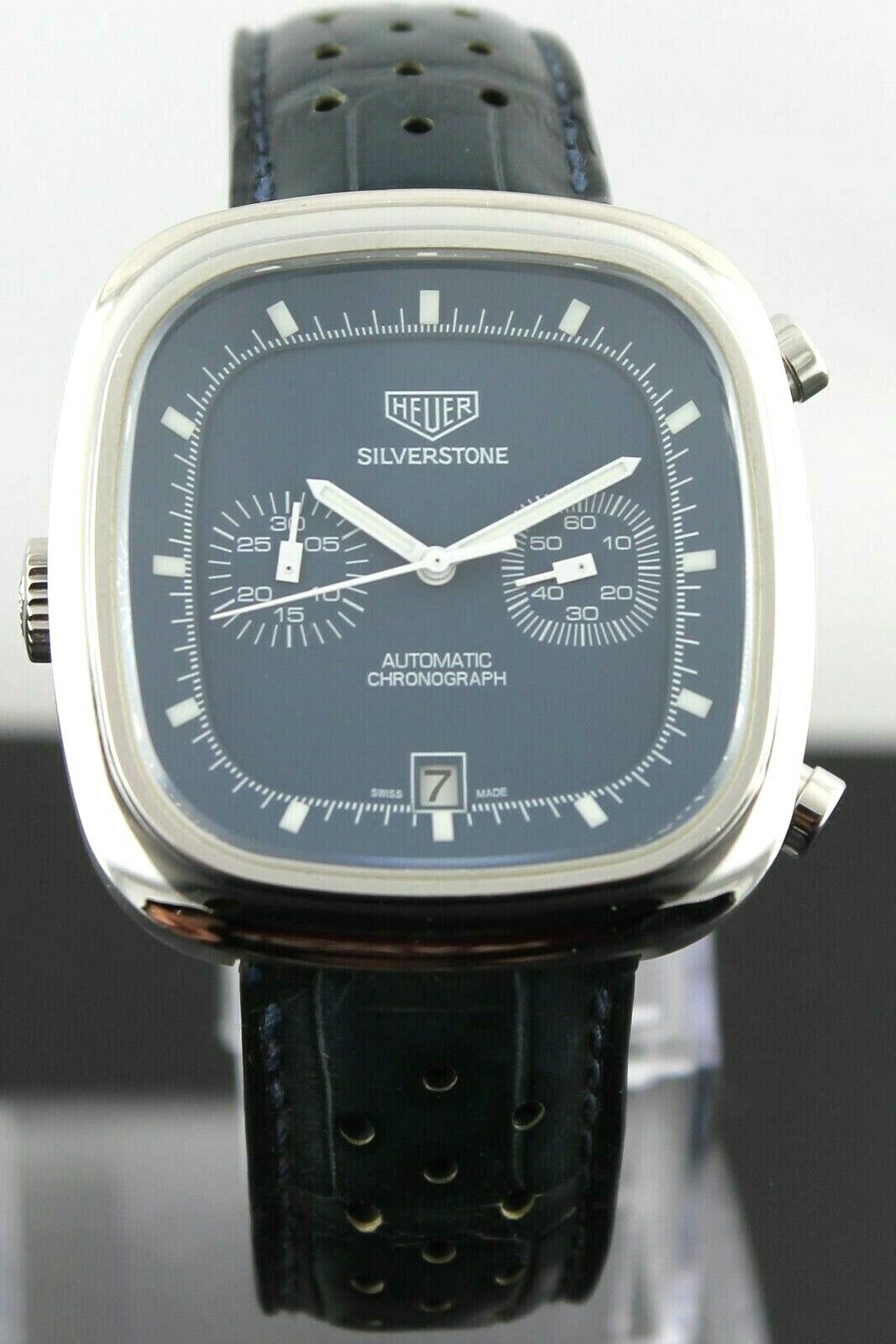Bell & Ross is a brand that fits perfectly in the great Swiss watch making tradition while producing professional instruments. Three new BR 01 models flesh out the collection of luxury watches Aviation, a collection that illustrates the brand values between performance and history.
These watches come with BR01-92 Airspeed, Heading indicator BR 01-92 and BR 01-97 Climb three instruments inspired cockpit.
Indeed the first inspiration for first watch is speedometer. It allows to measure the velocity of an aircraft when it is flying in the air and to control the blind controlled manner. Gyro compass or heading indicator, which comes in our second watch, it is an essential flight instrument used both in manual flight and autopilot, it indicates the direction where aircraft is heading.
Finally, the vertical speed, or vertical speed indicator, allows the pilot to know at any time if the aircraft is ascending, descending or in level flight. This instrument is based on the atmospheric pressure which is measured in hundred feet per minute.

These watches have many common points. Automatic mechanical ETA movements are protected in boxes with black PVD 46 mm in diameter. They thus offer great readability and all three are accompanied by two bracelets with rubber and synthetic canvas. Each reference will be produced in a limited edition of 999 pieces; however, today I will introduce you to the BR 01-92 Airspeed.
This famous BR 01-92 Airspeed, two towering needles covered with white luminescent coating that contrasts with the black dial used for clear information. To maximize readability, hours, minutes and seconds hands are separated to highlight the minutes on the large diameter, while the hours are displayed in the center. Second, are covered at corners.

Black carbon finish, glare housing is based on the color of a picture of an airplane, whose function is to make it easy to read. I must say that the display of this watch looks just like the anemometer (or airspeed in English), which is the speedometer in a cockpit. Bell & Ross designers, under the leadership of Bruno Belamich, borrowed design from the anemometer, creating a unique time display which is extremely readable. The three colors present on the original tool green, white and yellow are also present on the flange and indicate the quarter hour.








